Subtotal: $1,811.00
Cookware sets pallet
$1,000.00 Original price was: $1,000.00.$750.00Current price is: $750.00.
Cookware sets pallet | Cookware sets for sale
What you see in the photo(s) is exactly what you are purchasing.
Best Stainless Steel Cookware, Highest Quality Materials Built & Designed Last A Lifetime.
Cookware sets for sale | Cookware sets pallet
This pallets consist of 95 mix items
cookware and bakeware is food preparation equipment, such as cooking pots, pans, baking sheets etc. used in kitchens. Cookware is used on a stove or range cooktop, while bakeware is used in an oven. Some utensils are considered both cookware and bakeware.
There is a great variety of cookware and bakeware in shape, material, and inside surface. Some materials conduct heat well; some retain heat well. Some surfaces are non-stick; some require seasoning.
Some pots and their lids have handles or knobs made of low thermal conductance materials such as bakelite, plastic or wood, which make them easy to pick up without oven gloves.
A good cooking pot design has an “overcook edge” which is what the lid lies on. The lid has a dripping edge that prevents condensation fluid from dripping off when handling the lid (taking it off and holding it 45°) or putting it down.
The history of cooking vessels before the development of pottery is minimal due to the limited archaeological evidence. The earliest pottery vessels, dating from 19,600±400 BP, were discovered in Xianrendong Cave, Jiangxi, China. The pottery may have been used as cookware, manufactured by hunter-gatherers.[1][page range too broad] Harvard University archaeologist Ofer Bar-Yosef reported that “When you look at the pots, you can see that they were in a fire.”[2] It is also possible to extrapolate likely developments based on methods used by latter peoples. Among the first of the techniques believed to be used by Stone Age civilizations were improvements to basic roasting. In addition to exposing food to direct heat from either an open fire or hot embers, it is possible to cover the food with clay or large leaves before roasting to preserve moisture in the cooked result. Examples of similar techniques are still in use in many modern cuisines.[3]
Of greater difficulty was finding a method to boil water. For people without access to natural heated water sources, such as hot springs, heated stones (“pot boilers“) could be placed in a water-filled vessel to raise its temperature (for example, a leaf-lined pit or the stomach from animals killed by hunters).[4] In many locations the shells of turtles or large mollusks provided a source for waterproof cooking vessels. Bamboo tubes sealed at the end with clay provided a usable container in Asia, while the inhabitants of the Tehuacan Valley began carving large stone bowls that were permanently set into a hearth as early as 7,000 BC.
According to Frank Hamilton Cushing, Native American cooking baskets used by the Zuni (Zuñi) developed from mesh casings woven to stabilize gourd water vessels. He reported witnessing cooking basket use by Havasupai in 1881. Roasting baskets covered with clay would be filled with wood coals and the product to be roasted. When the thus-fired clay separated from the basket, it would become a usable clay roasting pan in itself. This indicates a steady progression from use of woven gourd casings to waterproof cooking baskets to pottery. Other than in many other cultures, Native Americans used and still use the heat source inside the cookware. Cooking baskets are filled with hot stones and roasting pans with wood coals.[5] Native Americans would form a basket from large leaves to boil water, according to historian and novelist Louis L’Amour. As long as the flames did not reach above the level of water in the basket, the leaves would not burn through.[citation needed]
The development of pottery allowed for the creation of fireproof cooking vessels in a variety of shapes and sizes. Coating the earthenware with some type of plant gum, and later glazes, converted the porous container into a waterproof vessel. The earthenware cookware could then be suspended over a fire through use of a tripod or other apparatus, or even be placed directly into a low fire or coal bed as in the case of the pipkin. Ceramics conduct heat poorly, however, so ceramic pots must cook over relatively low heats and over long periods of time. However, most ceramic pots will crack if used on the stovetop, and are only intended for the oven.
The development of bronze and iron metalworking skills allowed for cookware made from metal to be manufactured, although adoption of the new cookware was slow due to the much higher cost. After the development of metal cookware there was little new development in cookware, with the standard Medieval kitchen utilizing a cauldron and a shallow earthenware pan for most cooking tasks, with a spit employed for roasting.[6][7]
By the 17th century, it was common for a Western kitchen to contain a number of skillets, baking pans, a kettle and several pots, along with a variety of pot hooks and trivets. Brass or copper vessels were common in Asia and Europe, whilst iron pots were common in the American colonies. Improvements in metallurgy during the 19th and 20th centuries allowed for pots and pans from metals such as steel, stainless steel and aluminium to be economically produced.[7]
At the 1968 Miss America protest, protestors symbolically threw a number of feminine products into a “Freedom Trash Can”, which included pots and pans.[8]
2 reviews for Cookware sets pallet
Add a review Cancel reply
Related products
mixed
mixed
mixed
mixed
mixed
mixed

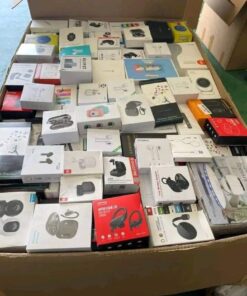 pallets Electronics
pallets Electronics  Product
Product  Scrubs Clothing Pallet Approx (Pallet 1,080-1,200 Pcs)
Scrubs Clothing Pallet Approx (Pallet 1,080-1,200 Pcs) 
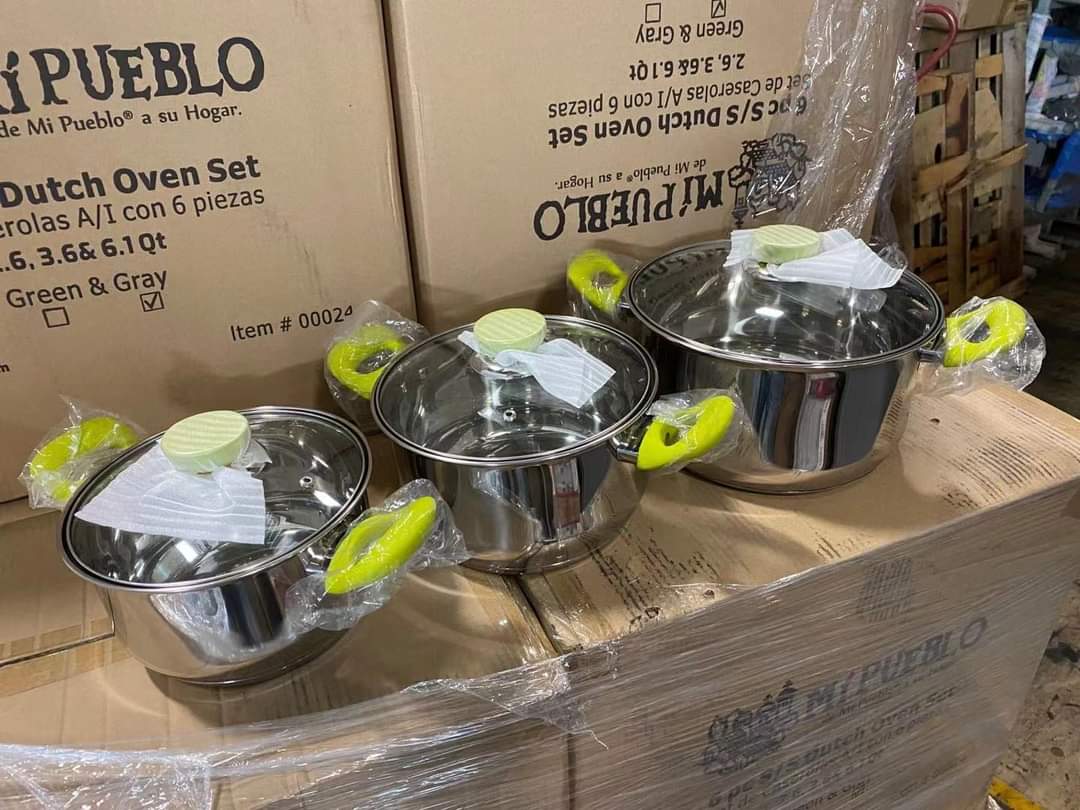
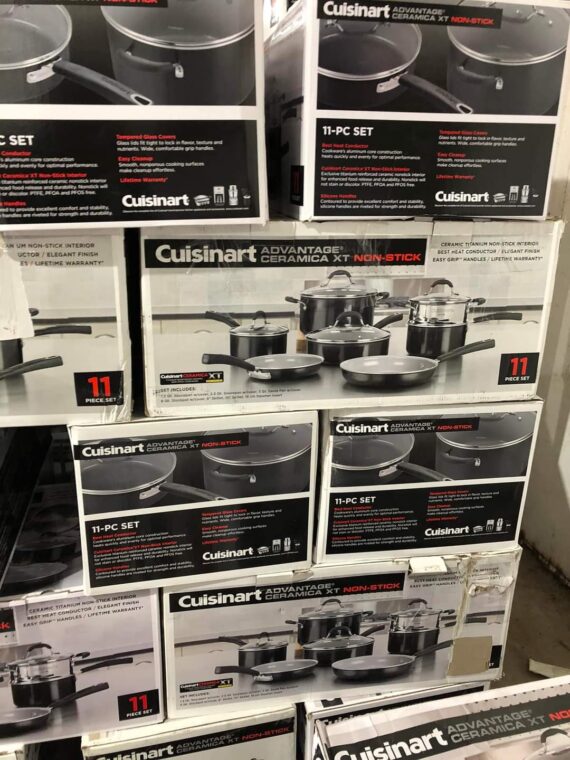
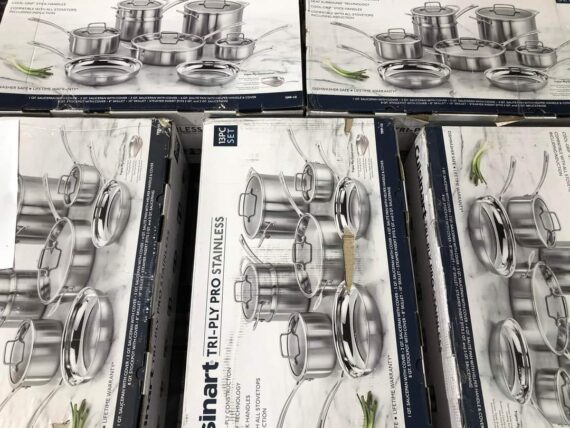
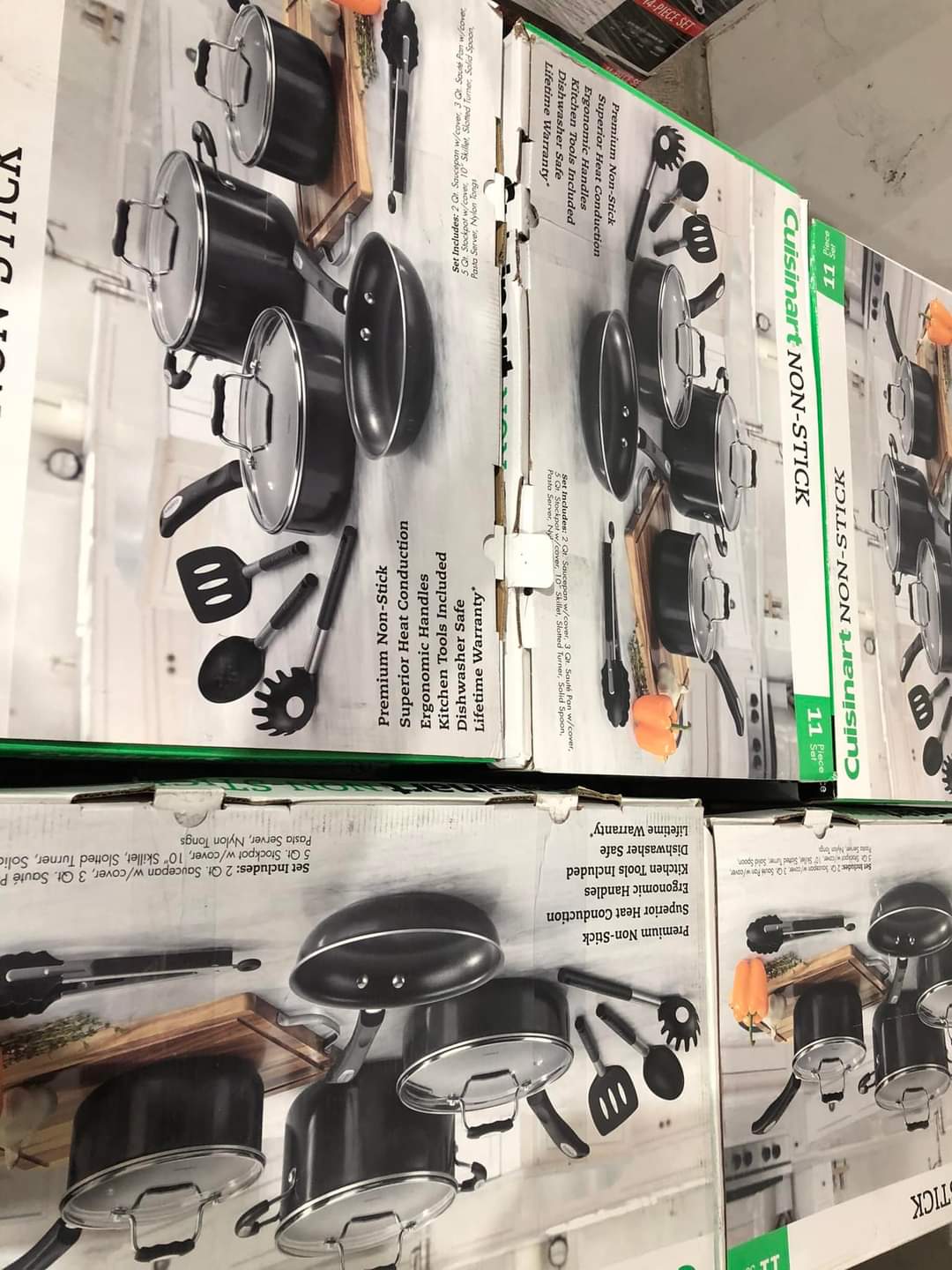
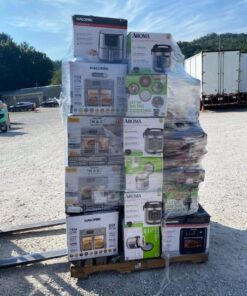
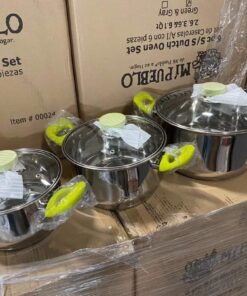
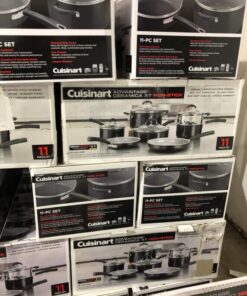
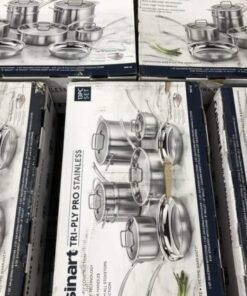
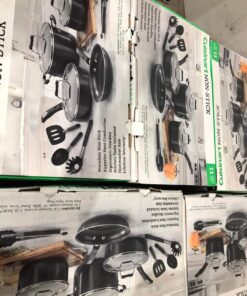


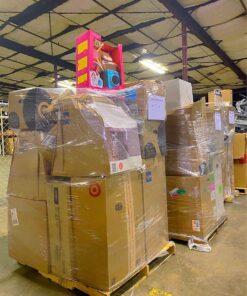
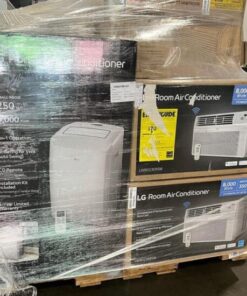
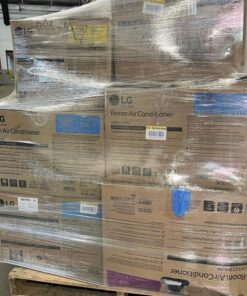
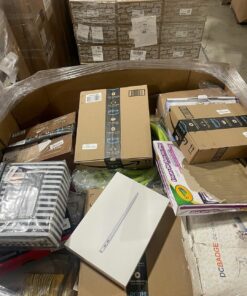


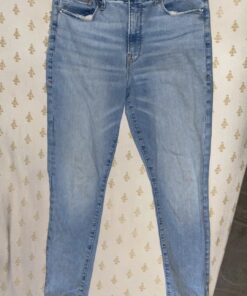

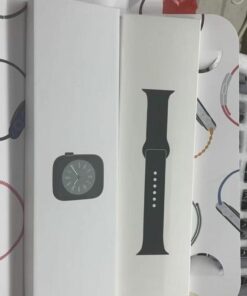
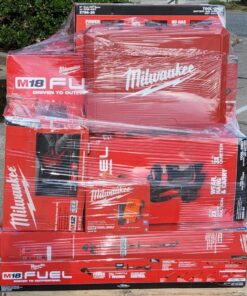
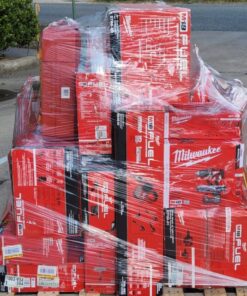


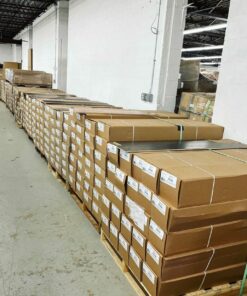

Romeo –
I received my package thanks
unitedpalletliquidation.com –
Wow this is actually great than I expected, it took long and finally got here. Thanks a lot